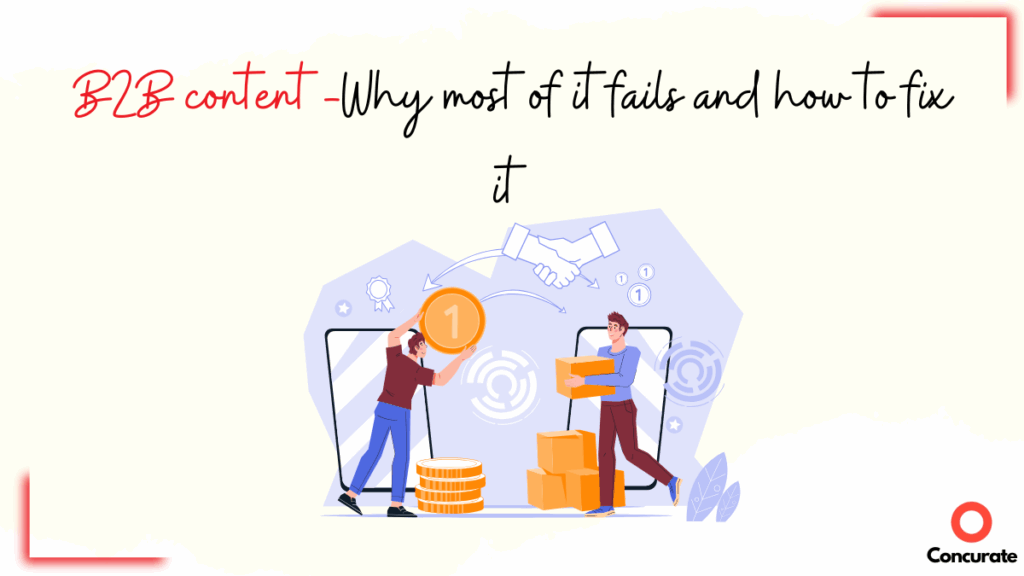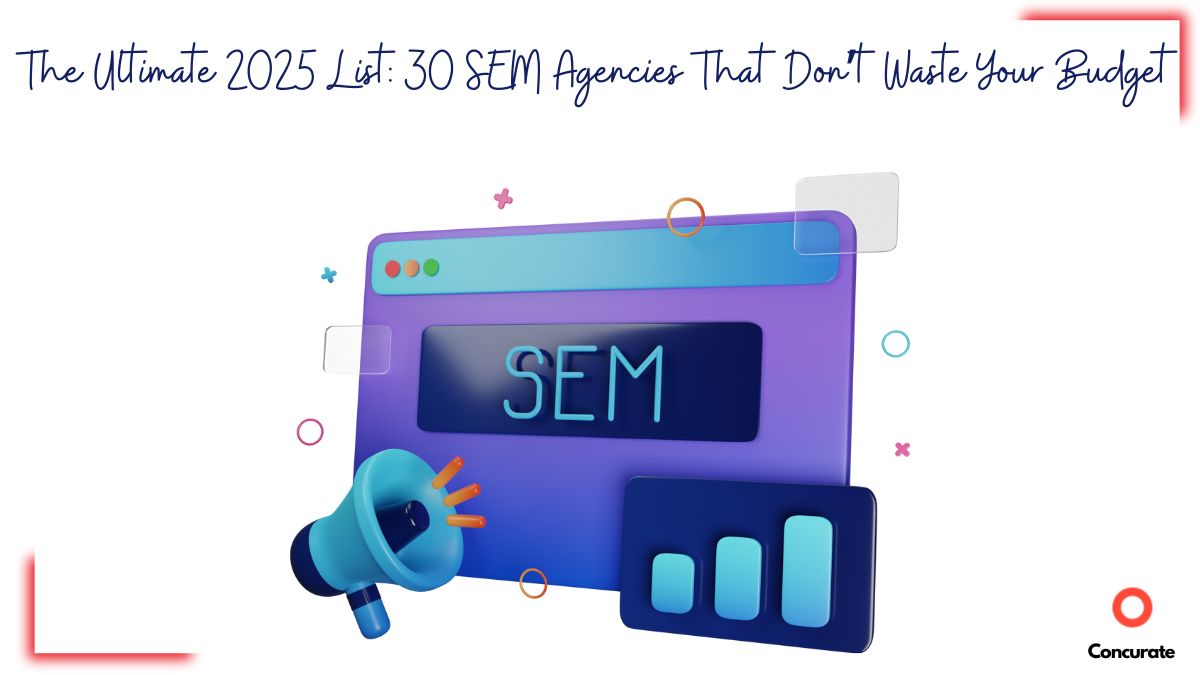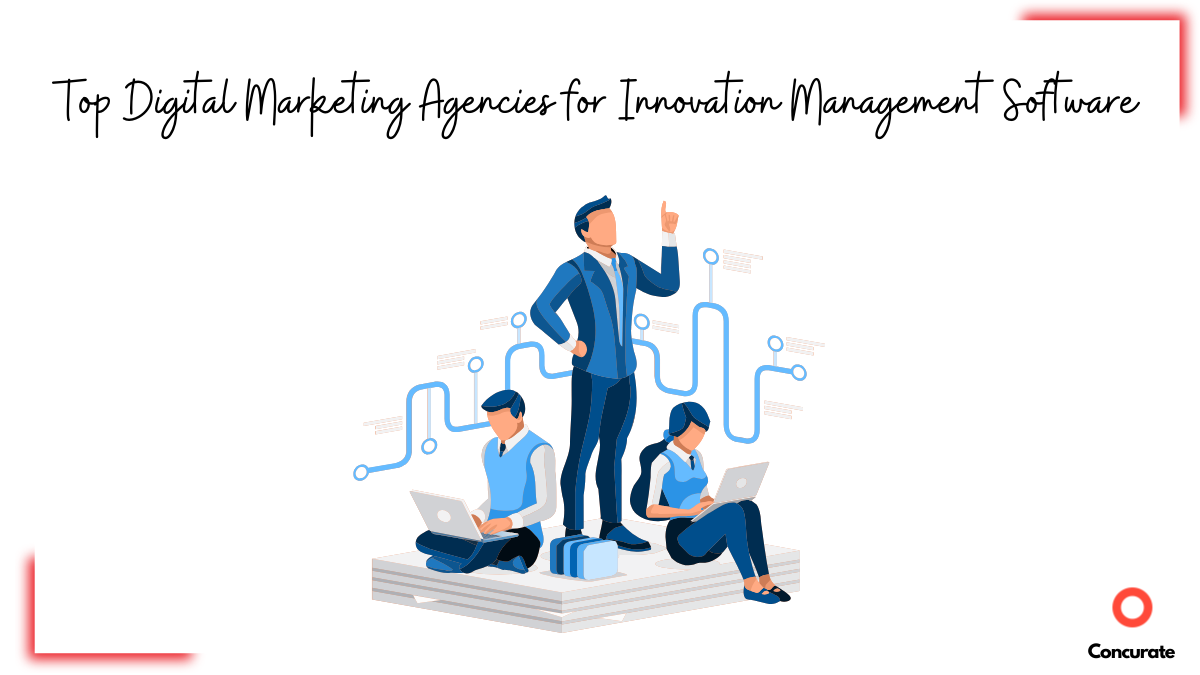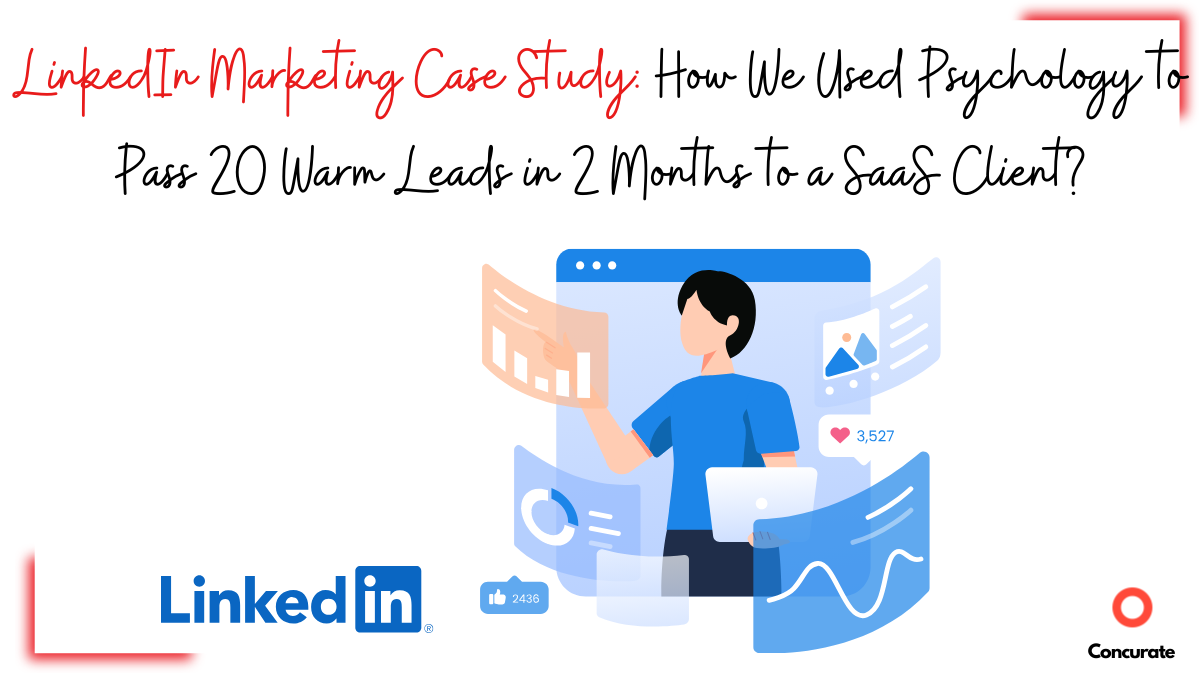TL;DR: Most B2B SaaS content fails because it targets traffic over intent, lacks real audience insight, ignores SEO fundamentals, and doesn’t adapt to AI-led search. Fix it by prioritizing high-intent keywords, adding deep context, embedding your product, analyzing SERPs, and structuring content for LLMs (TL;DRs, FAQs, prompt-like headings). This is how content drives signups—not just sessions. |
You probably read on LinkedIn how fellow B2B SaaS CEOs are closing million-dollar deals thanks to their content. Or maybe your favorite SaaS podcast brings guests who swear by the effectiveness of B2B SaaS content.
Yet, your company content isn’t moving the needle.
On a lucky day, you get a few low-quality leads here and there. Nothing more.
But you are doing everything the popular B2B SaaS content marketing playbook says you should do, right? Then why isn’t content working for you? Is it time to abandon the strategy and turn to outbound?
Well, you are not alone. According to the latest CMI 2025 reports, 58% of B2B marketers go through this dilemma. Being a B2B SaaS content marketing agency, we have had our fair share of similar conversations with SaaS CEOs and leaders.
To give you an answer, in this article, we will dive into the core reasons why B2B SaaS content fails- and, more importantly, how to fix it so you can drive real growth.
Big Four Reasons Why B2B SaaS Content Fails
We have been a part of the SaaS content marketing business for years, and we boil it down to four main reasons why most B2B content falls short. It’s either poor strategy, low-quality content, or suboptimal seo efforts. More often than not, all four play a part.
Here is an in-depth breakdown of each factor.
1) Failing to Have a Conversion-Focused Content Strategy
Not having a conversion-focused content strategy is the first big reason. Many SaaS companies just target somewhat relevant keywords with maximum traffic potential. “If we get more traffic, conversions will happen,” they tell themselves.
But that’s not how it turns out. Firstly, such a traffic-focused strategy attracts many visitors who are not target users. More importantly, the entire content strategy becomes producing more awareness-focused content and hoping something clicks.
That leads to too much content for the awareness stage and too little for the conversion and consideration stages. Such an unstable funnel can’t support the buyer’s journey when buyers are looking for content that would help them select the solution they want to purchase.
For instance, readers get introduced to a new CRM brand through a “What is CRM” article (awareness). However, if the same brand doesn’t influence the conversation on topics like “best CRM for B2B business” or “Competitor vs. Competitor”, those readers will probably find similar conversation on another competitor’s blog and that can influence the decision.
It’s a massive gap that affects many B2B companies. According to the same CMI research, 39% of B2B marketers fail to align their content with the customer journey. As a result, companies generate a negligible amount of leads, signups, and revenue from their content.
This can be fixed by adopting an inbound approach like the one outlined in how Bevel can build an inbound engine after its $10M raise.
2) Failing to Address Audiences’ Pain Points Through B2B SaaS Content Marketing
Being too generic is probably the second biggest reason most B2B SaaS content fails. By generic content, we mean content pieces that try to speak to everyone and end up offering vague, surface-level solutions.
The problem is that when your content addresses everyone, it resonates with no one.
Because, in B2B, the challenges, motivations, and stakes vary drastically based on the reader’s role, company size, and industry. Pain points are specific and often very different for each audience segment.
But why is generic content so prevalent in B2B?
It comes down to two things:
Lack of Audience Research
A properly conducted audience research provides an excellent understanding of a target audience’s pain points and motivations. Content created based on such insight retains readers’ attention and converts more. In fact, 82% of companies with very successful content marketing report that they understand their audiences inside out.
Unfortunately, even in 2025, most B2B SaaS companies don’t invest in audience research as much as they should. And even if they do, those insights never reach content marketers’ desks. Therefore, content teams keep producing generic content that fails flat.
Note: For proper audience insight, we suggest that our clients document questions they get asked during customer calls, webinars, or even trade shows. Another great source is interviews. We are a very vocal supporter of conducting both target audience interviews and your in-house sales rep interviews for uncovering real pain points
Lack of Product Placement
B2B products exist to solve target audiences’ specific challenges. Yet, many SaaS leaders hesitate to embed their products into the content narrative. They are afraid of being “sales”y.
However, how else will visitors understand how the product fits into their use case? It’s unlikely that new visitors would explore all the product pages when they are looking to solve their problems.
By not including products in their content, B2B marketers indirectly lower their content effectiveness.
B2B content is often synonymous with SEO content (which is not a compliment exactly). Therefore, it might surprise some of you that we bring up this point.
Want 30 tried-and-tested SaaS growth hacks? Fill the form below.
3) Failing to Optimize Content to Perform Well in Google Search Results
We would argue that the most ineffective B2B content pieces are either incorrectly over-optimized or under-optimized. This problem has both strategic and tactical aspects.
Not Focusing on Jobs-to-be-Done Keywords (Strategic)
One of the biggest strategic SEO mistakes is not targeting Jobs-to-be-Done(JTBD) based keywords.
📌 What is Jobs-to-be-Done Keywords? JTBD (Jobs-to-be-Done) keywords connect directly to what buyers need to accomplish. These keywords target prospects actively seeking solutions to specific problems and often including action verbs, specific outcomes, and role-specific challenges. 💡 Examples“How to increase email open rates.”“How to integrate customer data with marketing tools.”“How to set up events in GA4.” |
Target users often search for these keywords when they are looking to solve a problem that your product/service might help them achieve. Therefore, inbound visitors are often prequalified. It’s a stark difference compared to popular top-of-the-funnel broad terms that usually send visitors with zero interest in your product.
By leaving out JTBD-based keywords, B2B marketers often end up with B2B content that fails to create tangible results.
Not Doing Search Results Analysis (Tactical)
On a tactical level, we often see B2B companies not spending enough time analyzing top-page results before crafting content. It’s a problem because search result analysis gives cues about what Google deems as optimum word length, depth of the content, backlink profile, and EEAT signals for a given keyword. If those cues are missed, can you reasonably expect your content to rank?
📌 EEAT (Experience, Expertise, Authority, Trustworthiness) is Google’s framework for evaluating content quality. For B2B content, this means: 1. Demonstrating first-hand experience with the subject matter B2B content that signals strong EEAT typically ranks higher and attracts more qualified leads. |
Top search result analysis also presents a chance to add value beyond what’s already in the search results. This extra value/uniqueness is called information gain (or originality nugget). Information gain, on its own, is a powerful ranking signal. Because of no or subpar SERP analysis, many B2B content pieces automatically fail to utilize this opportunity.
Last but not least, we have seen many instances where on-page SEO isn’t on point. Missing meta descriptions, unoptimized images, incorrect structure, keywords missing from headings, keyword stuffing – all of these are pretty common. These are easily fixable, of course. However, whenever you let too many of these slip through the cracks, your content ranking takes a hit.
A strong example of how to avoid these pitfalls is 3CX’s strategic content approach, it’s laser-focused on high-intent pages that turn visitors into customers.
4) Not Adapting to the Changing Search Behavior
This is the newest reason B2B SaaS content fails — and it’s happening quietly.
Buyers don’t just “Google and click” anymore. A large share of Google searches end in zero clicks, and more SaaS buyers now begin their research on ChatGPT, Gemini, Claude, Copilot, or Perplexity.
And these AI-assisted visitors convert three times better than Google traffic.
That’s because SaaS buyers aren’t using generic queries like “best legal case management software.” Their prompts are now context-heavy, for example: “Best legal case management tool for a 10-lawyer firm that finds Clio expensive.”
Many SaaS brands fail to show up in AI responses to such context rich queries mainly because:
- Their content isn’t structured in a way LLMs can easily read or extract.
- Their listicles, comparisons, and category pages lack the specifics AI queries demand — team size, use case, budget, integrations, industry fit.
- They’re missing from the external sources LLMs like ChatGPT routinely pull from: expert roundups, reviews, Wikipedia-style references, news mentions, and discussion forums.
Curious to know how SaaS content brings business, not just website traffic? Let’s jump in.
How to Fix B2B SaaS Content to Get Maximum Brand and Conversion Impact
The above-discussed problems with B2B content can be fixed by making a series of strategic and tactical changes. We have zeroed in on three that would deliver the most significant impacts.
Fix Your Content by Switching to a Conversion-Focused Content Strategy
The one of the most effective ways to fix B2B SaaS content strategy is to let go of a “traffic first” content mindset. For that, we suggest SaaS companies stop chasing after keywords with more traffic potential and go for keywords that searchers use when they are actively comparing different solutions.
In other words, target high-intent keywords that are more suitable for the consideration and conversion stage. For instance:
- SaaS Product [A] vs SaaS Product [B]
- SaaS Product [A] Alternatives
- Best SaaS Products in a Given Category
To find these keywords, you, as a B2B marketer, can:
Add Keyword Modifiers that Show the Intent
Modifiers like “best,” “top,” “vs,” “alternatives,” “pricing,” and “reviews” act as strong intent signals. These words tell you that the searcher is actively evaluating their options and getting closer to a decision.
By combining these modifiers with category keywords, you get a list of high-converting keywords.
Ask Your Sales Teams
Your sales team understands your target users better than anyone. They know the common concerns, objections, and questions that come up in real conversations. Turn those insights into keywords and create content that addresses them directly. When potential customers search for answers on Google, they’ll find your content. That gives you a much better chance of winning their trust and business.
Do Competitor Keyword Research
Use tools like Ahrefs or SEMrush to check if competitors have missed any high-intent keywords. It’s surprising how even SaaS giants like Gong sometimes miss such opportunities.
You want to act on those opportunities and get your content ranked.
Apart from transactional keyword-based content, you want to invest in well-written and carefully planned guides, case studies, and reports. These content pieces must be aligned with and support your sales operation.
Can such a conversion-stage-focused approach lower your overall traffic?
Yes, consideration and conversion-focused keywords usually have lower search volume. However, visitors using these search terms will be decision-ready. Therefore, with this approach, your B2b content will generate more leads, signups, and app downloads. One of our clients has adopted this approach and secured 500+ app sign-ups.
Fix Your B2B SaaS Content Quality
Content quality is probably the second biggest factor that influences the overall effectiveness of your B2B content. In our experience, both what you write and how you approach the content are equally important. Here are some ingredients to upgrade your content:
Address Real Pain-Points
The first pillar of effective content is that it addresses the real pain points and motivations of the target users. Your content should make it clear to your audience that you indeed have been in their shoes and understand their nuisance, conflicts, and interests. That’s how your content becomes trustworthy and useful.
Audience research is the key to accomplishing this. Through customer interviews, polls, surveys, in-house sales team interviews, and online research, you want to gather super-focused pain points and emotional conflicts of your target audience. Based on these insights, you should generate content ideas and create the narrative.
Add Value
Pain points build trust through empathy. However, value is what makes your content credible and authoritative. In this AI era, there is no shortage of content. Therefore, unique value is the only thing that gives your content an edge.
Unique and useful value in B2B SaaS content comes primarily from two sources:
- First-hand experience: The content should offer suggestions or insights based on a credible individual’s hands-on experience. This first-hand experience can come either from the author’s own experience or some other credible subject matter expert’s opinions.
- Research: Research and data-backed information is, by default, credible. It’s hard to fake when you have evidence to support your claims. B2B audiences have a strong preference for research-based B2B content. That is why successful companies like Gong (we did a full Gong content strategy analysis) heavily invest in research-based content.
Build a process to gather values in such ways and embed them into your B2B content.
Showcase Your Product
Showing how your product solves real user problems within your content lets readers experience its value firsthand. It removes the need for them to dig through your website just to understand how it works.
This approach also shortens the purchase cycle. A reader might sign up for a trial immediately after reading a single blog post. By blending education with product experience, you add transparency and build trust.
In short, embedding your product into the narrative elevates the quality and impact of your B2B content.
Offer a Great Reading Experience
Even the most well-crafted B2B SaaS content will lose steam if it looks like a wall of text. In the end, the reading experience matters.
Therefore, don’t forget to
- Write in a conversational yet professional tone.
- Add some elements of storytelling
- Use creative visuals and white spaces to break up the wall of text.
- Use heatmaps to track reader behaviors and adjust the content design accordingly.
Remember that substance is the most important part, but you can’t slack off with the packaging, either.
Analyze Top 10 Google Results and Do Proper On-Page SEO Optimization
We have already touched on how most B2B SaaS content creators don’t do SERP analysis and how it costs them. It’s a no-brainer; we suggest you do a top-page results analysis.
In case you are not familiar with it, here is how we at Concurate do this analysis:
- Access the type of content Google is favoring to understand keyword intent.
- Look at word count and format ( how-to, best guide, landing page, etc).
- Quality of content and potential areas of improvement.
- Rich snippets, “people also ask” boxes, tables, and charts.
- Ranking position changes for each search result ( Available from Ahref data).
- Identify the strengths of each search result entry using Ahref.
This SERP analysis will provide you an opportunity to create the right “originality nugget”- the unique value differentiating your content from everything else ranking.
This originality nugget could come from proprietary data, research findings, unique expert insights, real case studies, or even extra subtopics or updated information.
Beyond SERP analysis, follow a comprehensive on-page SEO checklist:
- Include target keywords in title tags, H1, and meta descriptions
- Optimize image alt text and file sizes
- Create descriptive URLs with keywords
- Structure content with proper heading hierarchy
- Ensure mobile responsiveness
- Improve page loading speed
- Add schema markup when appropriate
Additionally, optimize for AI visibility. AI-visibility isn’t guesswork. A few practical shifts can move your brand into LLM answers consistently.
- Keep ranking on Google. Our study shows most AI-featured content already ranks on page 1–3.
- Add AI-friendly structure: TL;DR at the top, FAQs, prompt-like headings (“Is X good for small teams?”), and clearer benefit tables.
- Add buyer context: Use case, team size, pricing clues, integrations, industry fit.
- Create llms.txt: It’s an equivalent of a sitemap for Google, but for LLMs. It even allows us to tell LLMs which blogs or website pages are high priority.
- Get SaaS Placements: Reach out to the authors of the top ranking listicles and get your SaaS added.
These small but deliberate changes help AI tools understand who your product is for — and surface you when the buyer intent is highest. You can even download our 13-point checklist to optimize SaaS listicles for boosting AI visibility.
Overall, this systematic approach transforms your content from being buried in search results to becoming a valuable resource that drives business, not just traffic.
What Happens After You Fix B2B SaaS Content
It’s a big transition from the standard way of writing B2B content to doing B2B content right. Of course, such an extensive process will require some radical changes in your workflows and some resources, too.
We understand it’s fair to ask about ROI before you commit. Here is our answer:
We have been working with a Fintech SaaS client who wanted to capture the attention of other SaaS CEOs and earn contracts. We followed a very similar approach that we suggested here:
- We created a conversion-optimized content funnel where comparison and conversion keywords were prioritized.
- We did a thorough audience research.
- We wrote high-quality, original content.
- We considered both SEO and the reader’s perspective while creating content.
Results?
- 29% of conversion-focused blogs ranked in the top 3 positions in Google search.
- 57% of conversion-focused blogs ranked under the top 10 positions.
- A total of 29 leads came through those blog posts. Interestingly, three top blog posts generated 24 out of 29 leads.
- From those leads, our client has closed two contracts.
You can read the details here.
For another client, our content approach generated a $155k deal.
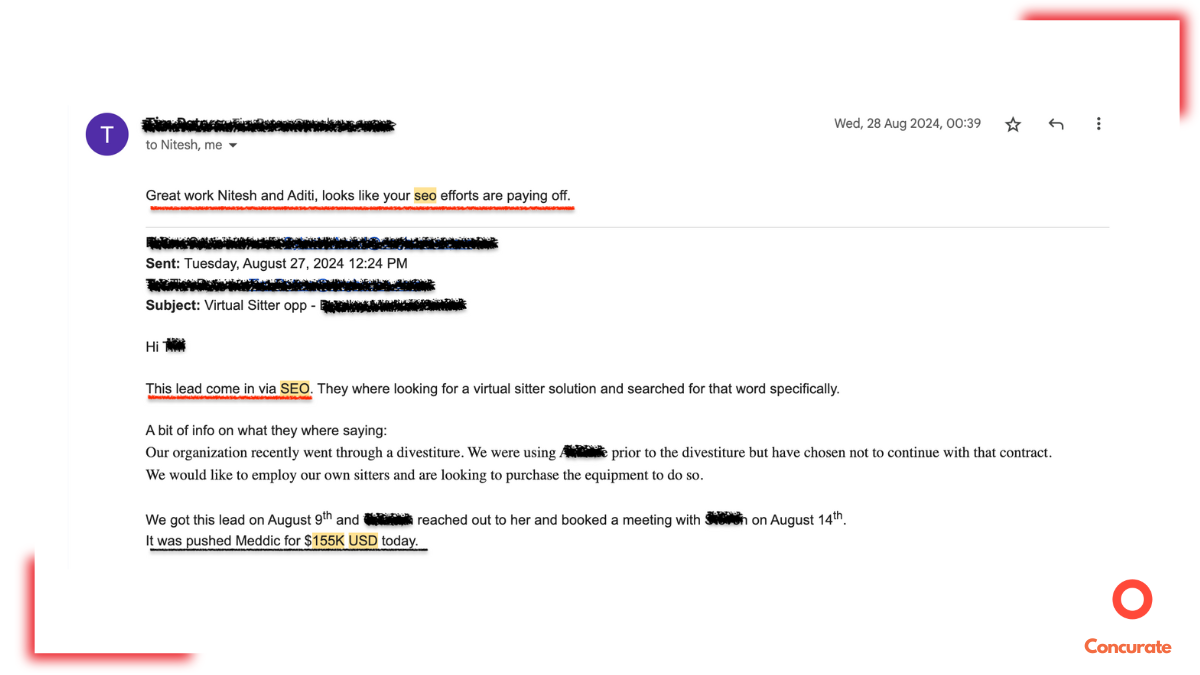
All of these prove that rethinking B2B content can generate a very high ROI.
Concurate: Your B2B SaaS Content Partner
You just have a glimpse of Concurate’s B2B SaaS content playbook. If that excites you and you want it to be replicated, the Concurate team can help. We don’t believe in a one-size-fits-all templated approach. We will sit with you to understand your requirements, market, and product. Based on those interactions, we will develop a bespoke plan that aligns with both your goals and our proven B2B content philosophy.
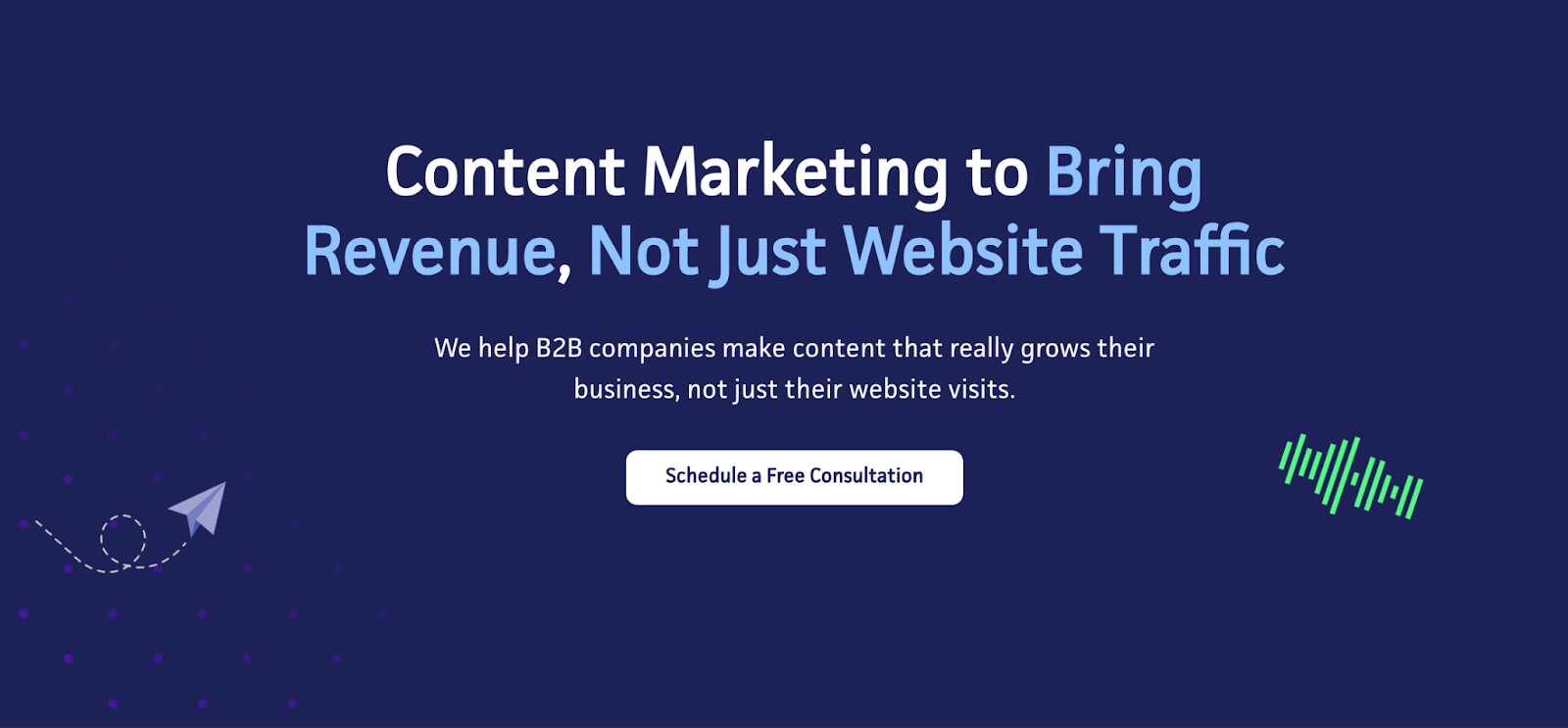
Feel free to book a call to learn more.
Frequently Asked Questions
Why Does B2B SaaS Content Marketing Fail For Many Companies?
B2B SaaS content typically fails due to three main reasons: lack of conversion-focused content strategy, failure to address specific audience pain points, and poor SEO optimization that doesn’t target the right keywords or follow proper on-page practices.
What are JTBD Keywords and Why are They Important?
Jobs-to-be-Done keywords connect to specific tasks buyers need to accomplish (like “how to increase email open rates”). They attract pre-qualified visitors who are actively seeking solutions, resulting in higher-quality traffic and better conversion rates.
How can B2B Companies Create More Effective Content?
Focus on conversion-stage keywords, conduct thorough audience research, add unique value through first-hand experience and research, showcase your product within content, and perform SERP analysis to identify content gaps.
Does Focusing On High-Intent Keywords Reduce Overall Traffic?
Yes, consideration and conversion-focused keywords typically have lower search volume than awareness keywords. However, they attract decision-ready visitors who are more likely to convert, generating more qualified leads and higher ROI.


